Description
Three Pastoral Sketches
These three pieces form a small suite, linked by the idea of ?pastoral? or rustic situations and places.
The first piece to be written now forms the middle movement, though at first it was the starting point.
This is not easy music. It travels through several keys with large numbers of sharps and flats and in places the time signature shifts constantly. The first movement is modal, being based on the mixolydian and dorian modes. I took for this movement the idea of ancient Celts celebrating a victory and dancing and getting drunk around a smoky fire. Their chieftain strikes up a song, accompanied by a double drone.
This melody is initially stated on the horn, with just two other instruments providing the accompaniment. At 4 before B, the remaining instruments join in, providing a rhythmic pulse and the melody moves to the Euphonium/Baritone/Trombone. Subtle variations shape the melody anew, leading to letter C. Here the complex overlapping rhythms provide a more dance-like feel to the music. Also, countermelodies start to appear which build the excitement.
At letter E, the music becomes louder and the rhythmic pulse more insistent (perhaps they are dancing on the tables?) The mode changes to the more major sounding mixolydian. But from here on in, the revellers are starting to wend their way home, still singing and dancing and they gradually fade into the distance. At letter G, we?re back to three players, but with the trumpet 1 playing a rhythmic melody over the top of the original tune.
The second movement is called ?The Aesthetes?.
The aesthetic movement was formed in the 19th century, but had been around before that in less formal garb. Their ideal was to emulate the Ancient Greeks and Romans ? or at least their perception of what the ancients were like as found in statues, paintings and friezes. They adopted studied poses and were very effete in their mannerisms. Gilbert and Sullivan parodied the aesthetic movement in their operettas ? particularly Princess Ida (but also in the Mikado and various others).
So, here is a movement with classical lines in the style of a minuet, but in 6/8 rather than ? so that it can be more languid. All the melodies are ?studied? and ?formal? with long, languid notes and rhythms which don?t quite fit to the beat as the aesthetes pose and ponder and languidly look, studied and pale and wan.
Because of the long notes in the melody, there?s an almost dream-like quality to the music as if they are seeing through a haze of Wormwood or Absinthe (a favourite drink of the aesthetes when they weren?t high on themselves or opiates).
The third and final movement is called The Bohemians. This was also a movement at the end of the 19th Century. Where the aesthetes were ruled by rules, the Bohemians lived by none. They were considered wild and unconventional to say the least.
The Bohemians movement owed much to the supposed free life and style of the gypsies and wanderers of Europe. Our piece starts with a gypsy violin style opening, including a cadenza, and then moves into the rapidly time shifting and gyrating gypsy dance.
This section is in alternating bars of 5/8 and 6/8 with occasional 11/8 thrown in to keep you off balance. The frantic and frenetic movement continues up to letter F where things calm down a little ? but not for long as the intensity increases again from Letter H to the quite sudden ending.
This is tuneful yet challenging music which will take a lot of effort, but which will give a lot back in return.
Additional information
| Ensemble Type | |
|---|---|
| Level of Difficulty | |
| Genre | Modern Classical |
You must be logged in to post a review.
General Enquiries
There are no enquiries yet.

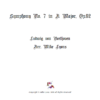

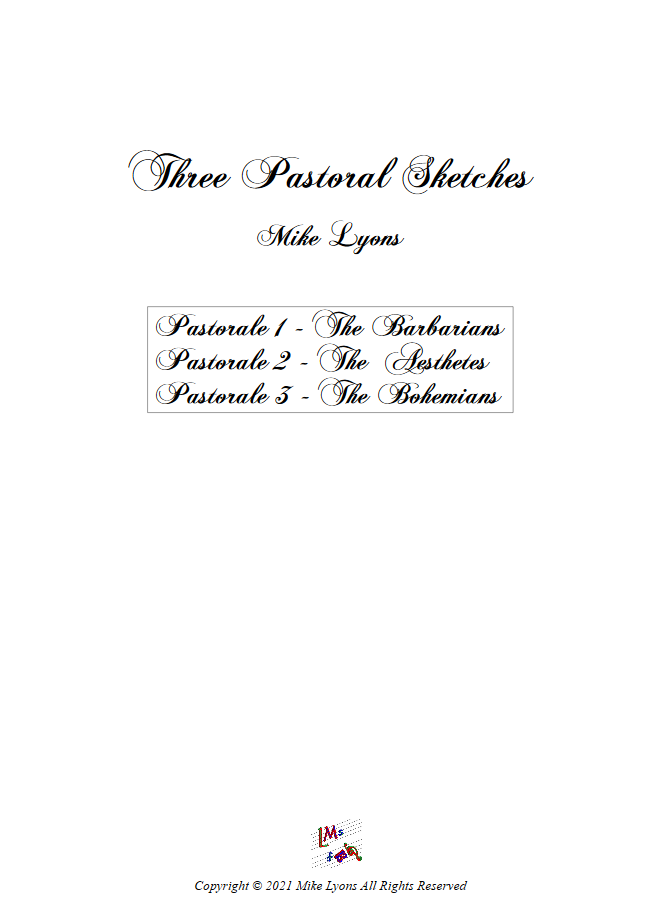
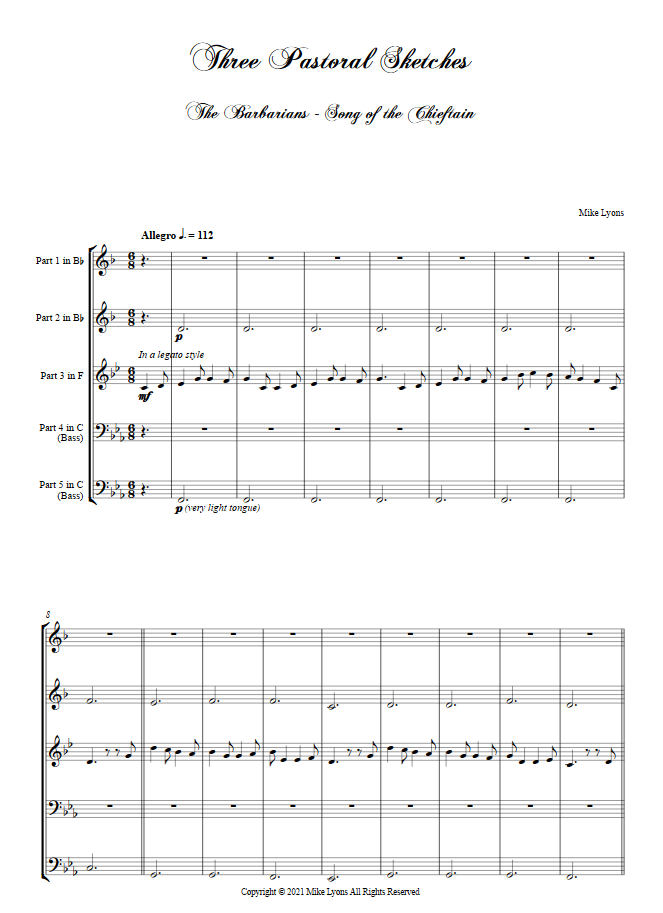
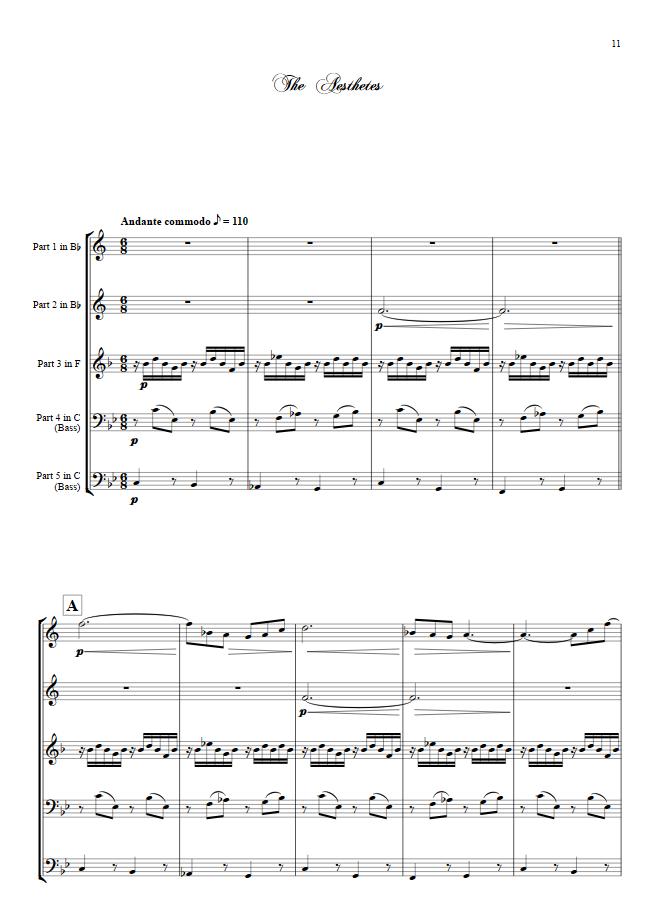

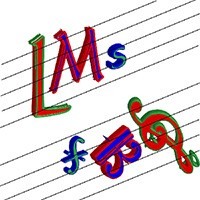
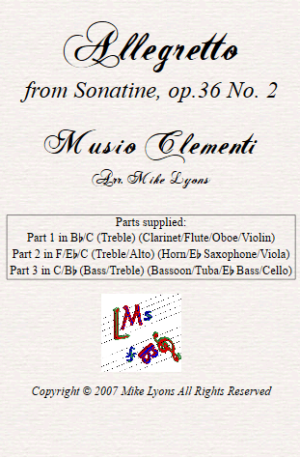
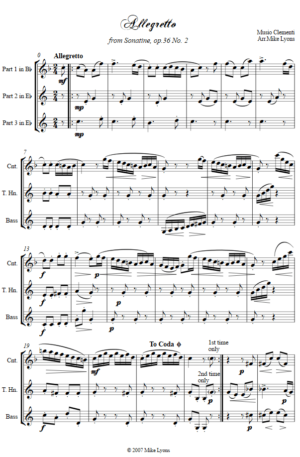
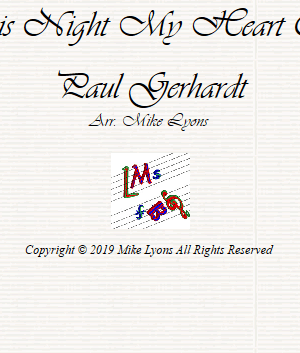
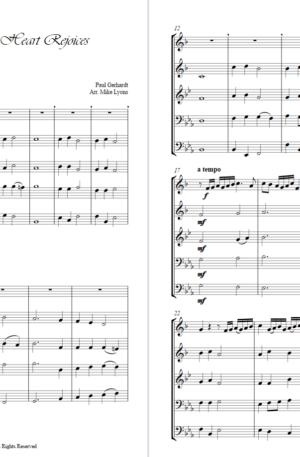
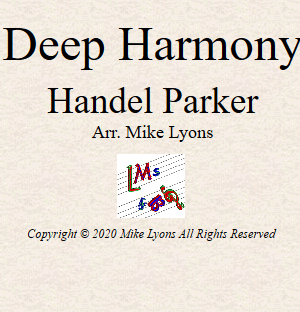
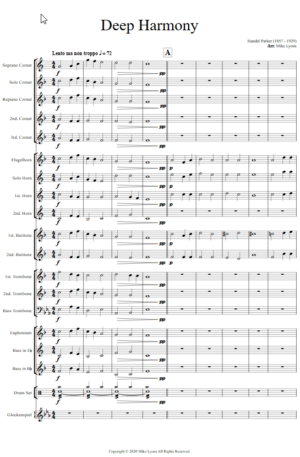
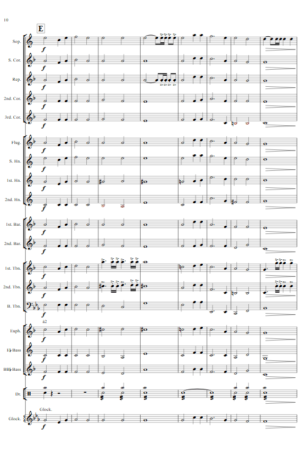
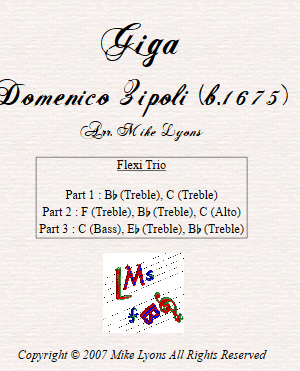
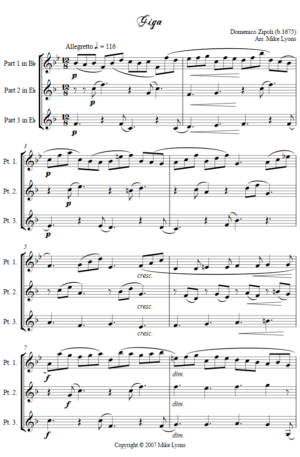
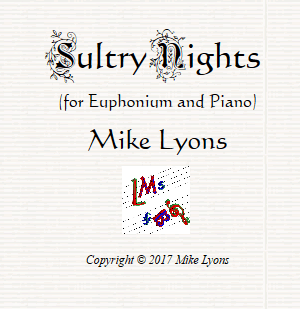
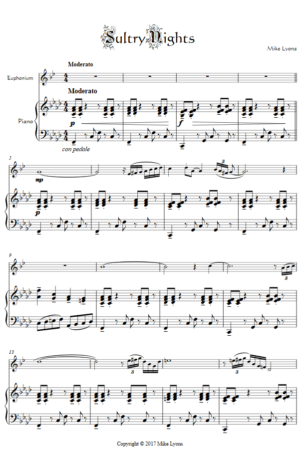
Reviews
There are no reviews yet.